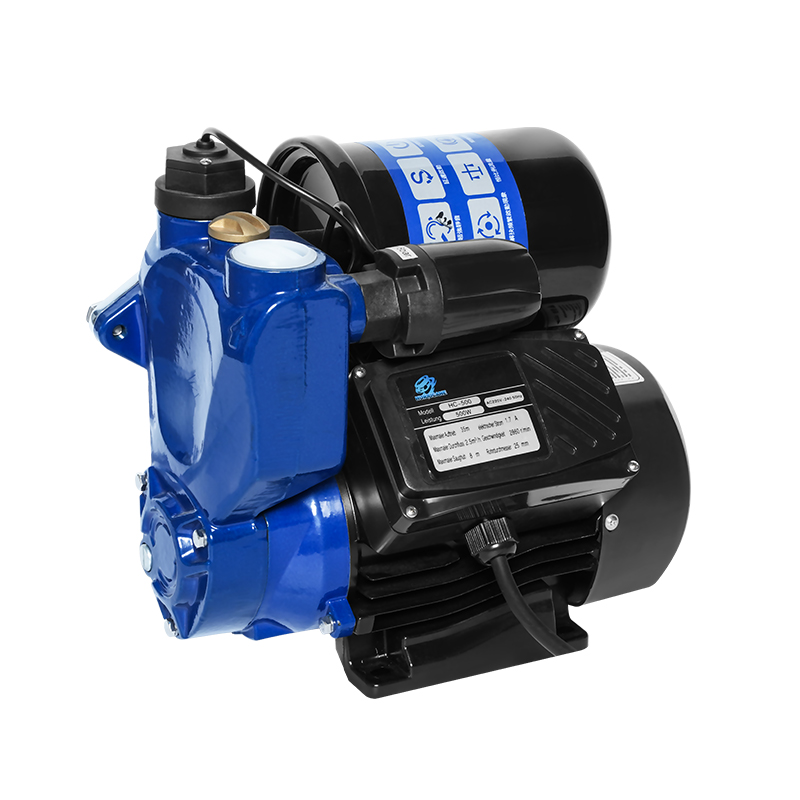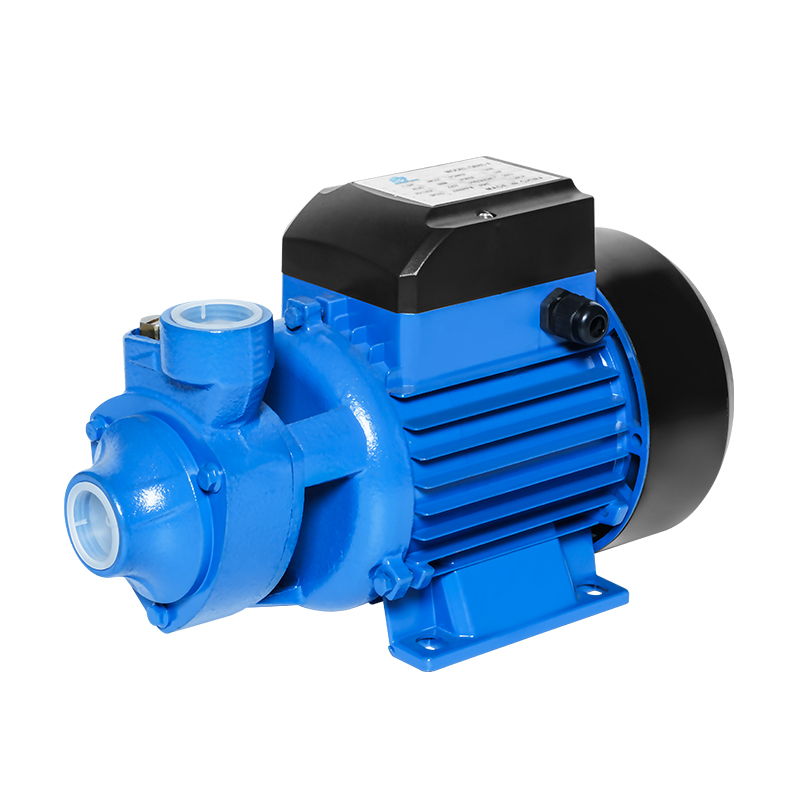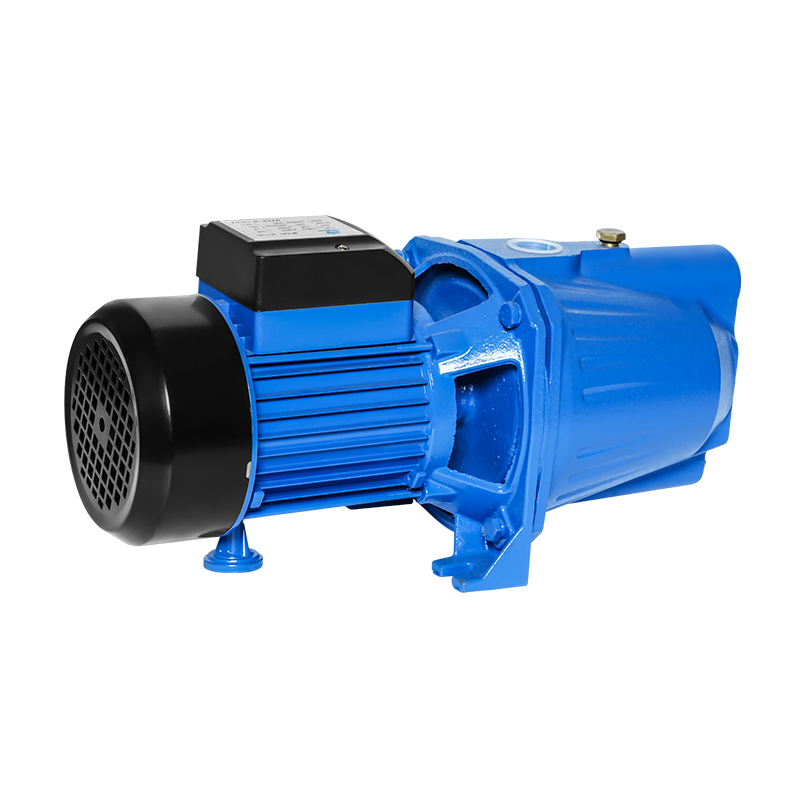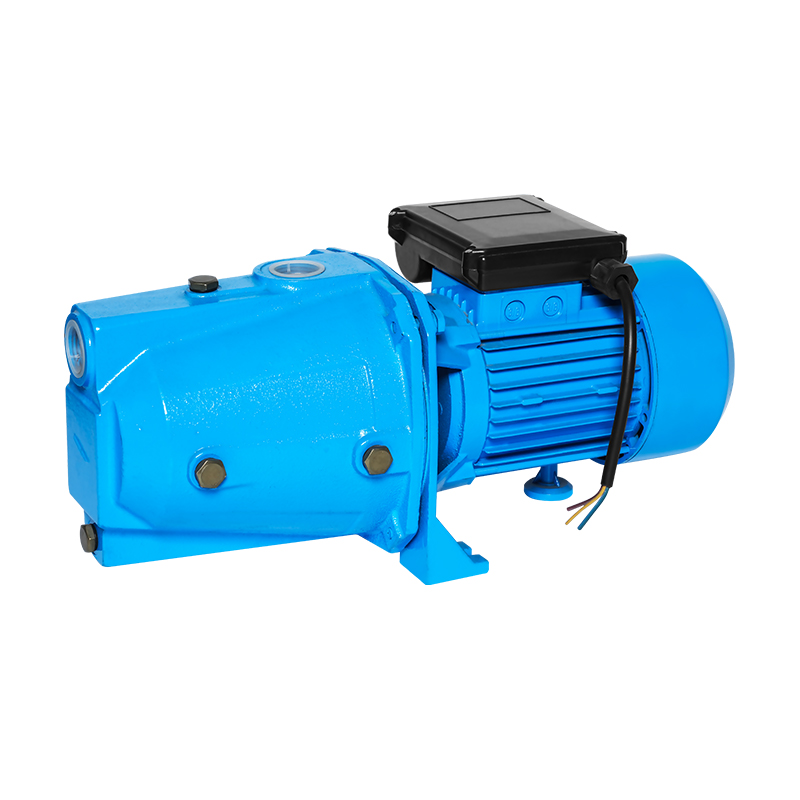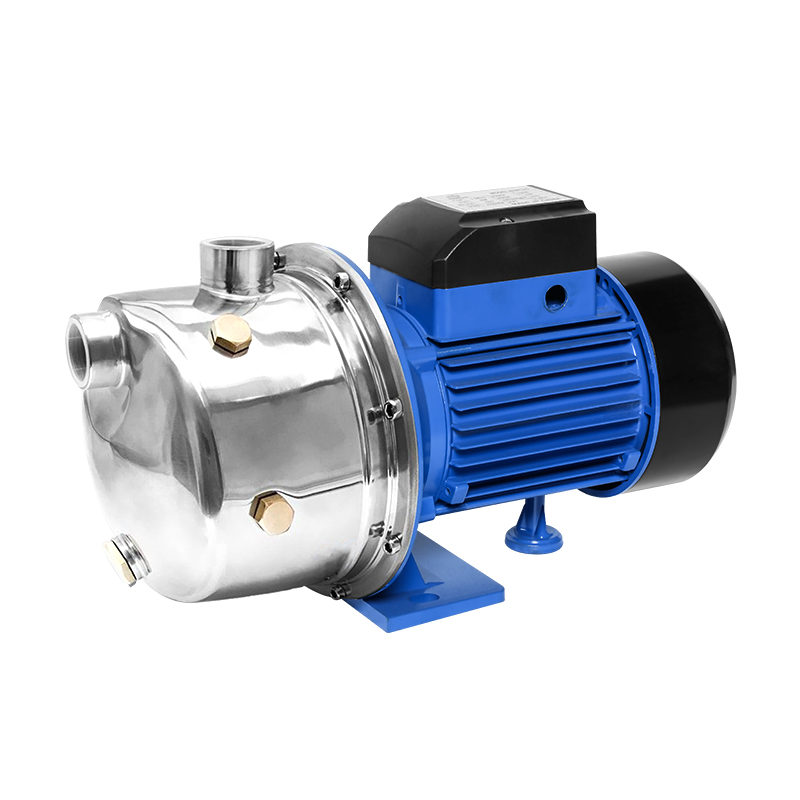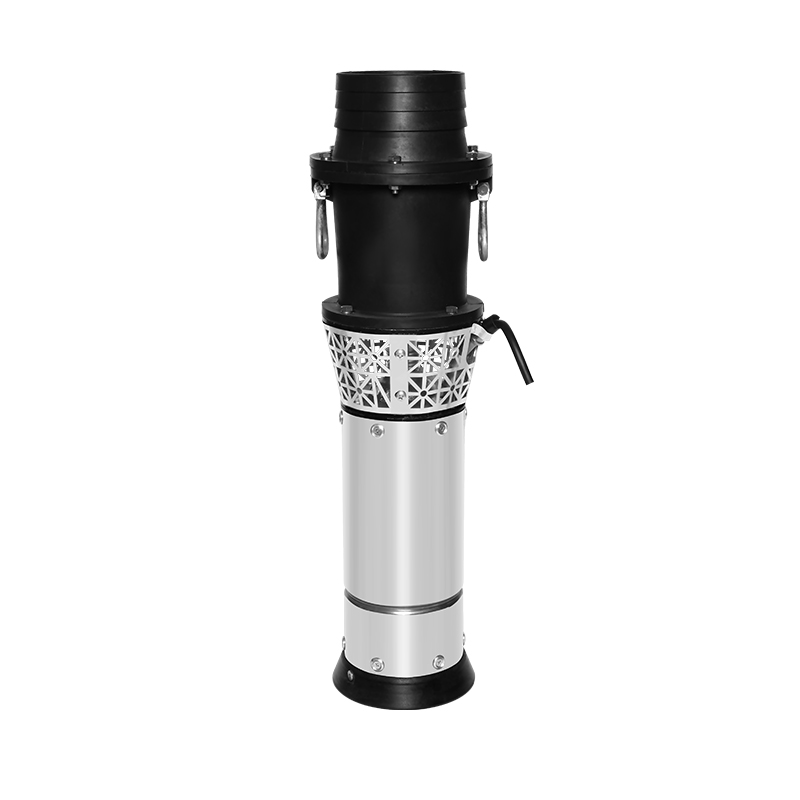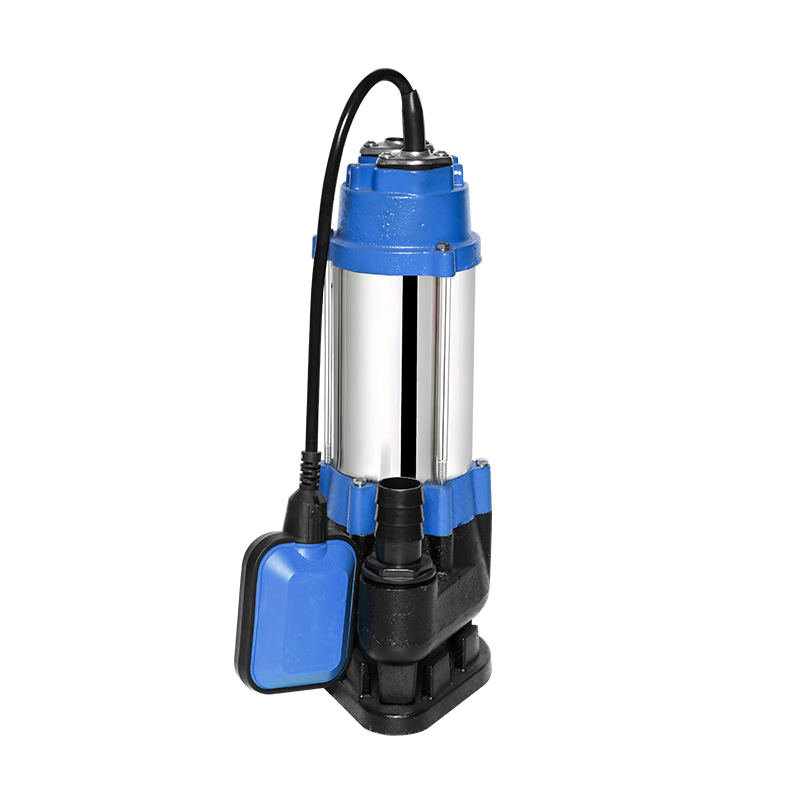How Agricultural Water Pumps Improve Productivity During Drought Seasons

Drought seasons pose serious challenges for farmers, especially in regions where rainfall is scarce or unpredictable. Maintaining crop yields and livestock health becomes increasingly difficult when natural water sources dry up or cannot supply enough for daily agricultural needs. In such conditions, an agricultural water pump becomes an essential tool for improving productivity and ensuring farming operations remain functional.
Agricultural water pumps are designed to transport water from available sources such as rivers, wells, or reservoirs to fields, irrigation systems, or storage tanks. During droughts, the need to access deeper or more distant water sources becomes more urgent, and the reliability of pumping equipment plays a vital role. By enabling controlled water delivery, farmers can manage irrigation schedules more effectively, even when rainfall is absent for extended periods.
One of the key advantages of using an agricultural water pump is its ability to support drip and sprinkler irrigation systems. These systems require consistent water pressure and flow to operate efficiently, which pumps can provide regardless of the terrain or distance from the water source. This kind of controlled irrigation helps reduce water waste, allowing farmers to stretch limited water supplies over a larger area or longer period of time. In turn, this supports plant growth and prevents yield losses during critical growth stages.
Another way agricultural water pumps improve productivity during drought seasons is by enabling water storage. When water is available—whether from municipal sources, brief rainfall, or temporary increases in groundwater—farmers can use pumps to fill storage tanks or ponds. This stored water can then be used gradually during dry weeks, helping stabilize water availability and reduce the risk of crop failure. Without pumps, collecting and storing water in sufficient quantities would be a manual and time-consuming task, often resulting in inefficiencies or missed opportunities.
Livestock farming also benefits significantly from the use of agricultural water pumps. During drought, natural watering holes may dry up or become too distant for herds to reach safely. With pumps, farmers can provide consistent and accessible water supplies to animals, reducing stress and supporting healthy weight and productivity. This is particularly important for dairy or meat producers, where animal hydration is directly linked to economic performance.
In addition to their functional benefits, agricultural water pumps contribute to long-term sustainability in farming practices. By improving water efficiency, they help reduce dependency on unpredictable weather patterns and support the use of alternative water sources such as recycled or treated wastewater. This adaptability is crucial in regions where climate conditions are becoming more extreme and where traditional farming methods may no longer be viable.
Farmers also appreciate the availability of different pump types to suit various needs. For instance, centrifugal pumps are effective for surface water transfer, while submersible pumps can draw water from deep underground wells. The choice depends on the specific requirements of the farm, including the depth of the water source, the area to be irrigated, and the power supply available. Many agricultural water pump suppliers offer tailored solutions based on these variables, helping ensure the equipment is well-suited for the intended application.
The use of an agricultural water pump is a practical and valuable investment for farmers facing water shortages. By providing consistent access to water, improving irrigation efficiency, supporting livestock needs, and enabling storage strategies, pumps help safeguard productivity during one of the most challenging seasons in agriculture. As droughts become more frequent and intense in many parts of the world, the role of these pumps will only grow in importance across farming communities.



